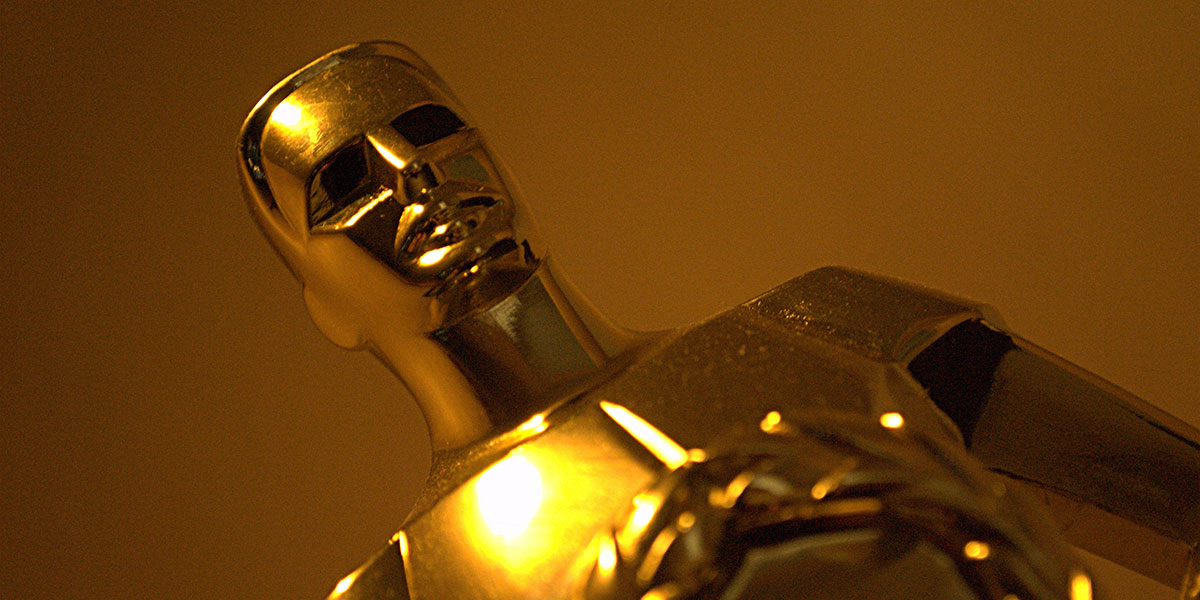A long 88 years ago, the Oscars began. Now in 2016, let’s take a look back on the history and importance of the Academy Awards.
Photo courtesy of Creative Commons
__________________________________________________
For movie lovers, Sunday, Feb. 28, is a day of great significance.
That is the day when the annual Academy Awards fall and movie fans look forward to it with eager anticipation.
For months now they have seen almost every film that has come out and have watched on as certain ones have received that coveted Oscar nomination.
Now, all of that waiting has finally come to an end. This year, the annual ceremony takes place at the grand Dolby Theater in Hollywood.
Actors, directors, writers and producers will all be in attendance as they pull up in their fancy black limousines all decked out in the latest fashion.
Journalists will be flocking from person to person hoping to squeeze in one last interview.
Cameras will be flashing as people “ooh” and “aah” over an actress’s dress.
And then the lights will dim, the music will start and the ceremony will begin.
For many people in the film industry, receiving an Oscar is the highest achievement one can hope to accomplish.
But what makes them so special?
Paula Bennett, a communications professor who teaches a Film Appreciation course at MBU, weighed in on the question.
“The Oscars are twofold. First of all, members of the Academy want to applaud good work. That was the basic reason the Oscars were invented, to applaud good work,” said Bennett.
Indeed that was the vision Louis B. Mayer had when he first sought to start the organization nearly 90 years ago.
Mayer was CEO of the powerful MGM studios and, in 1927, he sought to create an organization that would be dedicated to the advancement and improvement of the film industry.
With the help of 36 prominent figures in the film industry, Mayer created the Academy of Motion Picture Arts and Sciences.
The Academy’s first action was to create an event where they would honor those who had made an impact on the film industry that year, applauding good work and promoting excellence within the industry.
After some time they agreed on an annual event in which various winners would receive a statuette and be honored for their excellent contributions to the film industry that year.
The statuette was designed by MGM’s art director Cedric Gibbons.
Gibbons’ design was that of a knight holding a crusader’s sword atop a reel of film.
Within the reel were five spokes, each representing the original five branches of the Academy: actors, directors, producers, technicians and writers.
Pleased with the design, the members of AMPAS chose Los Angeles sculptor George Stanley to carry out Gibbons’ design.
Having agreed on an annual ceremony and a beautiful trophy to boast, AMPAS held its first ceremony on May 16, 1929, in the Blossom Room of the Roosevelt Hotel in Hollywood.
Fast forward to tonight, Feb. 28, 2016, and these members would be amazed at how far it has come.
It has grown from a ceremony of 250 people to an average viewing of 36.6 million, as reported by ABC last year.
Although many things have stayed the same, there have been a few changes made over the years.
One of the changes was the name of the ceremony itself.
Although this is a widely popular story, it has never been confirmed historically, but back at the start of the design of the statuette, Academy librarian Margaret Herrick commented on how it looked like her Uncle Oscar.
Since then the name of the statuette is called the Oscar and is the reason why audiences refer to the Academy Awards as the Oscars.
Another change was saving the announcement of the winner until the ceremony.
In the beginning, the Academy announced the winners of different groups weeks in advance as to give the winner time to prepare his or her speech.
Now, instead of announcing the winner, the Academy chooses to announce the nominees.
The reason for this was to add excitement and anticipation to the already glamorous ceremony as no one knows who the winners are until the host reads his or her name.
Although reviewing the history signifies its importance, Bennett also weighed in on what makes it so special.
“Everyone has their own idea on who was the best. And there are so many movies out there nowadays but there can only be one winner,” said Bennett. “It’s fun to see who the Academy chooses for the award. It’s kind of like a competition, with so many films out there, which one is going to win the big one. And everyone has their own opinion on who should.”
Celebrating its 88th annual awards, the Oscars ceremony begins at 6 p.m. local time on CBS.
If Mayer could see what the Oscars have become now, he would notice that although some areas of the ceremony have changed, the purpose has forever stayed the same, and that was to recognize those who contributed to the advancement and improvement of the film industry.
Indeed, the industry has come a long way since 1929, here’s to hoping they continue down that path of excellence.
